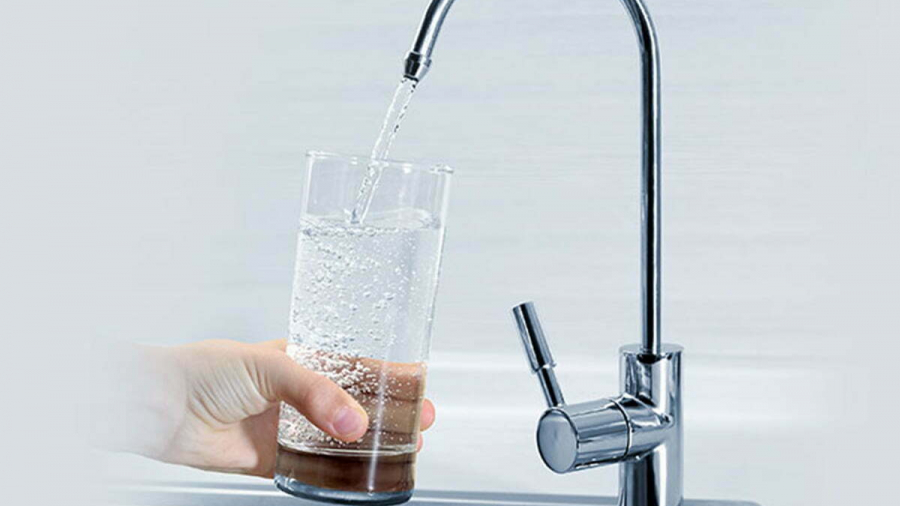In most homes, tap water is regulated to meet the drinking water standards. Ideally, once it meets the standards of limiting turbidity, hardness and chemicals, tap water is safe to drink.
In most cases, the water that leaves the treatment plant is clean. However, this water may need to go through several hundred kilometres of pipes before reaching you.
The Quality of Water
There are two reasons why contamination of the water supply can occur:
- Burst pipes and leakages which can lead to bacteria contamination,
- Rust and lead from ageing pipes which add harmful contaminants.
Chemicals, such as chlorine, are commonly used to treat water and keep the microbiological contaminants under control. Hence, it can be difficult for us to control the water quality until it reaches our homes.
A contamination of the River Flint in US in April 2014 led to the tap water quality being compromised. Hence, improving the quality of your tap water is important.
So how do you make your tap water safe to drink? One way is to install a water system in your home. This can help to control the final quality of tap water prior to consumption.
Water Filter vs. Water Purifier
However, not all water systems are the same. Therefore, it is important to know the difference between a water filtration system and a water purification system:
- A water filtration system consists of mechanical filters that trap non-dissolvable contaminants such as dirt, rust, sand or mud.
- A water purification system has the ability to remove both dissolvable and non-dissolvable contaminants, thus making it a far more superior system.
Both water systems may differ in how it works but both naturally use reverse osmosis technology to purify the water.

